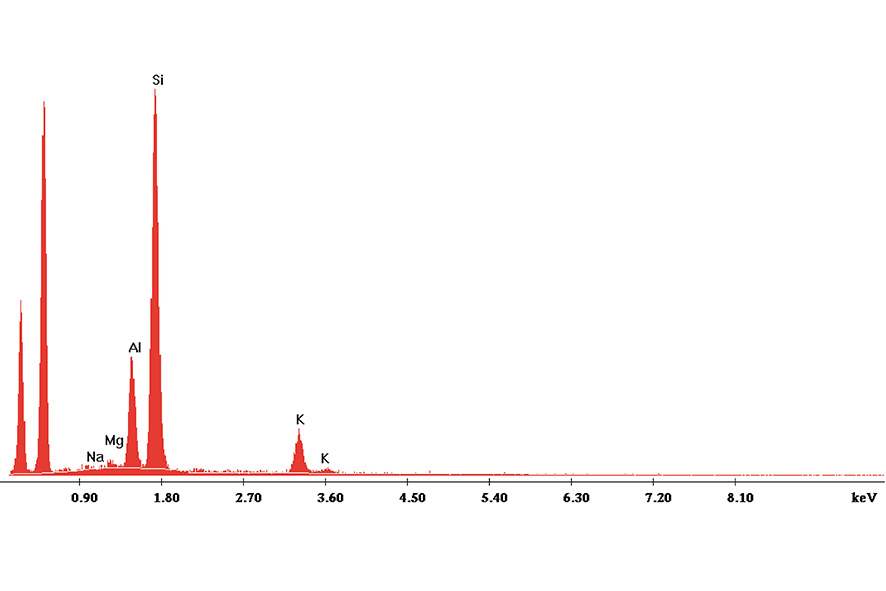An insight on possible toxicity mechanism of fibrous erionite
DOI:
https://doi.org/10.13133/2239-1002/18097Abstract
Inhalation of erionite fibres is associated with endemic lung and pleural diseases. However, the mechanisms by which erionite exerts its toxic activity are not fully understood. Recently, it has been shown that erionite fibres are too short to undergo frustrated phagocytosis. On this basis, the role of phagocytosis in the acute toxicity of these fibres is supposed to be limited. Instead, it has been proposed that erionite, after phagocytosis, may activate a rapid cation exchange with cytosolic potassium, leading to the alteration of ion homeostasis and cellular injury. Furthermore, it has been hypothesised that engulfed erionite fibres may reduce cytosolic Ca2+ levels and interfere with the cross-talk between the endoplasmic reticulum and mitochondria, resulting in the failure of cellular apoptosis. In this work, erionite fibres were incubated first in a solution mimicking extra-cellular lung fluid and then in another one simulating intra-cellular cytosol. Our goal was to gain further insights into the proposed mechanisms of acute cytotoxicity of erionite, in particular: i) to simulate possible K+ binding by erionite through cation exchange after phagocytosis, and ii) to assess its potential absorption of cytosolic Ca. The ions released into the solutions were quantified by inductively coupled plasma optical emission spectroscopy. Pristine and incubated fibres were analysed by scanning electron microscopy equipped with an energy dispersive spectroscopy system and X-ray powder diffraction (Rietveld method). Results support the hypothesis that erionite can bind cytosolic K ions through a rapid cation exchange process, mainly with Na ions previously bound in the extra-cellular environment. However, our findings seem to rule out the ability of phagocytized erionite fibres to decrease cytosolic Ca2+ levels and, consequently, to interfere with the endoplasmic reticulum-mitochondria cross-talk that regulates cell apoptosis.

Downloads
Published
Issue
Section
License
Copyright (c) 2023 Periodico di Mineralogia

This work is licensed under a Creative Commons Attribution 4.0 International License.

